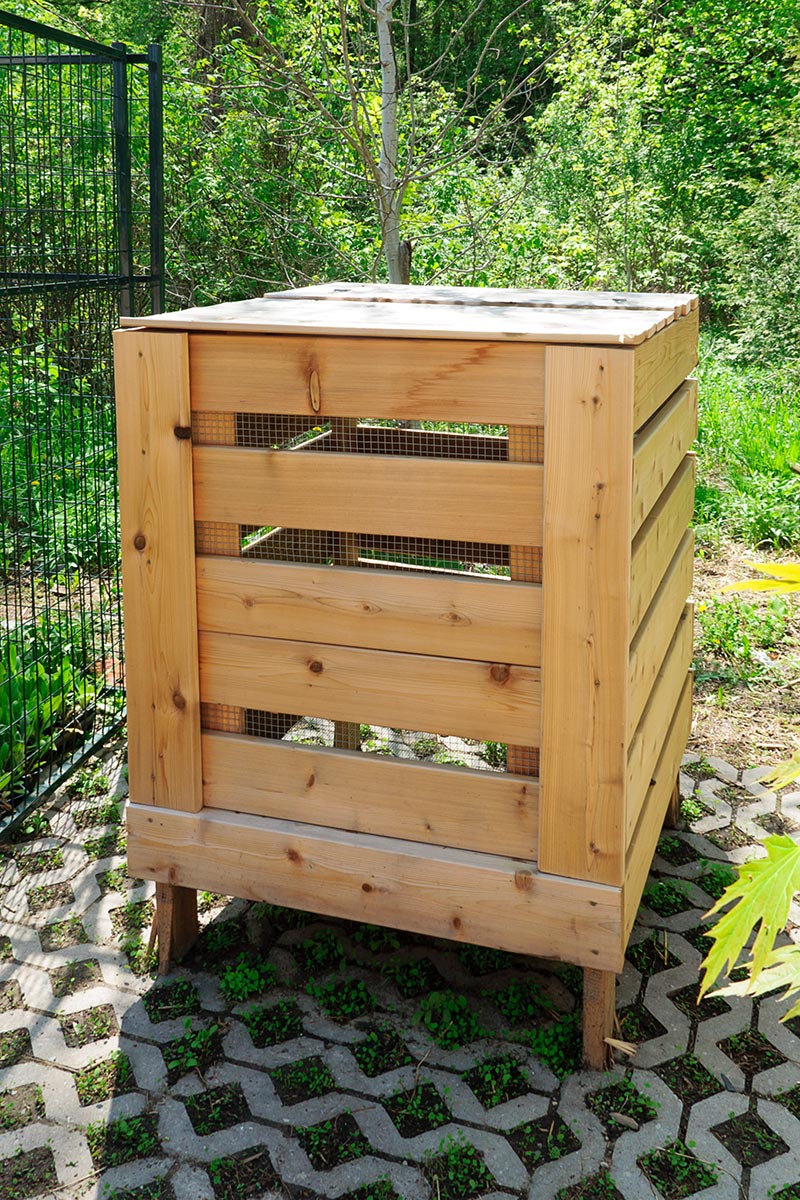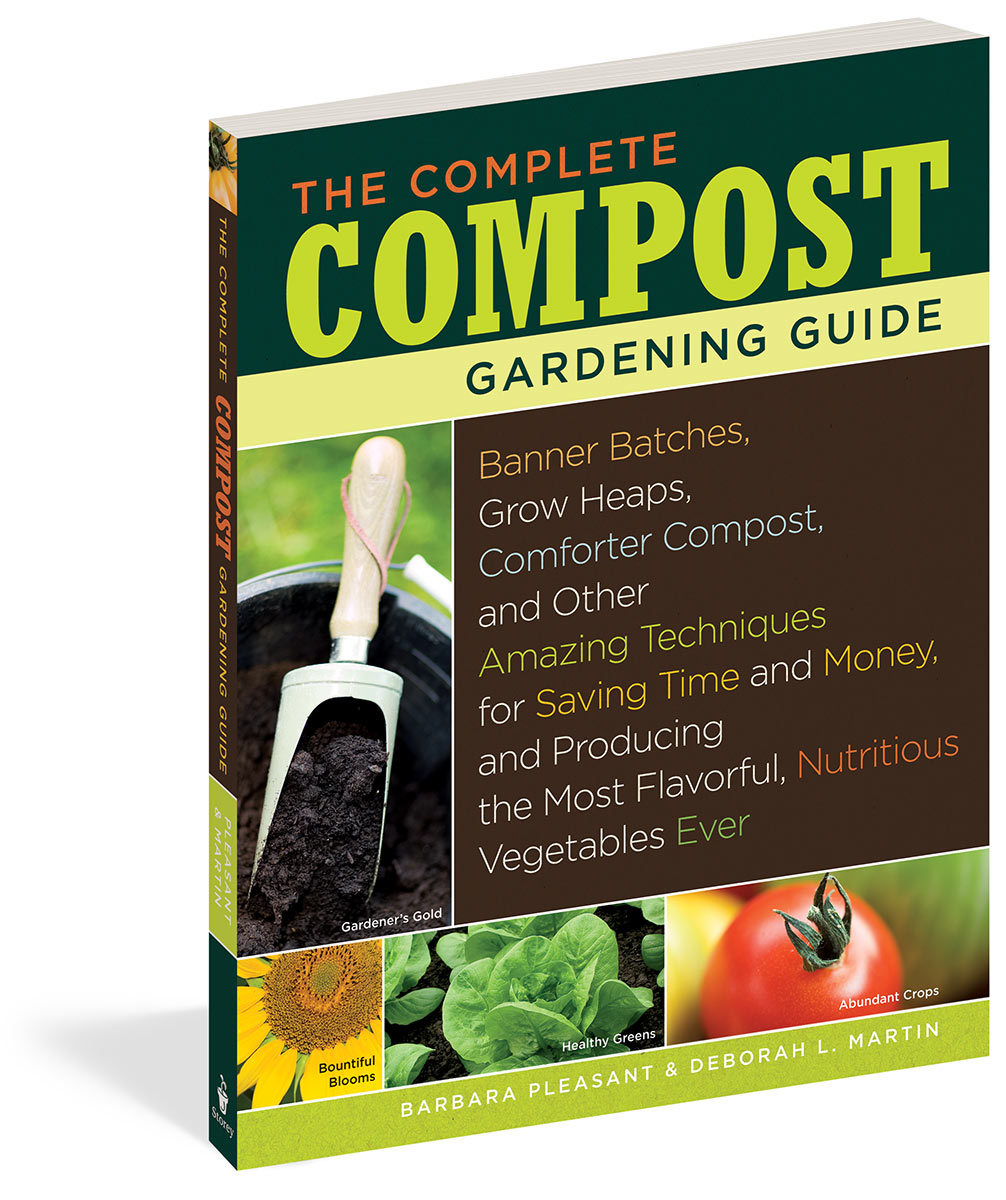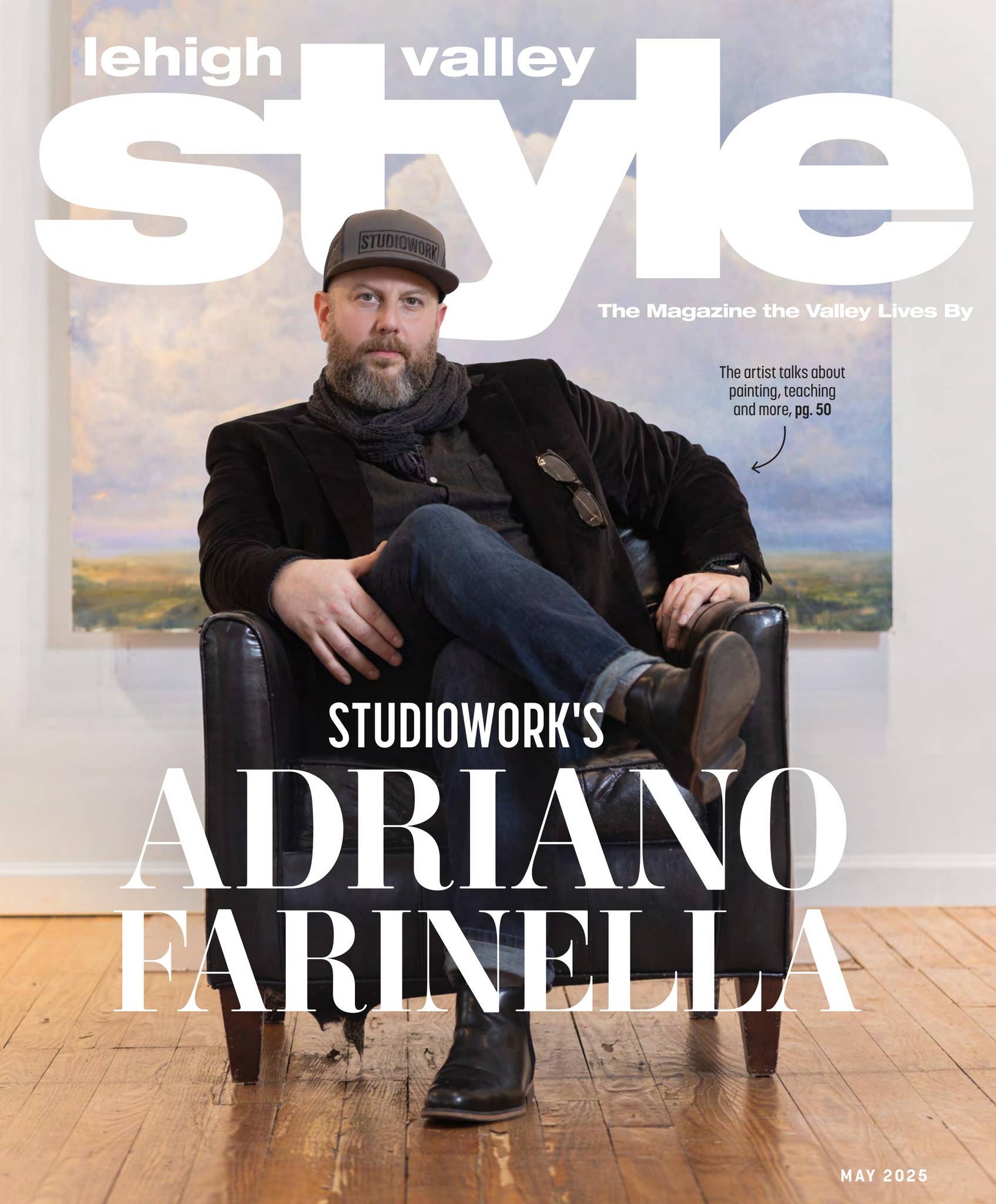Food is precious and perishable, with about 40 percent to 50 percent of waste taking place at the consumer level. Instead of sending our wilted greens, stale leftovers and eggshells to the landfill to make methane, here's advice from the Nurture Nature Center's (NNC) Garden Director Pam Ruch on reducing waste and transforming scraps into gardening's own black gold through composting.
Eat What You Buy
“When you plan your meals, think about how you'll incorporate the leftovers into the following day,” Ruch says. “Make smoothies with old fruit and greens. They can be frozen for use, along with good broth ingredients like vegetables, sprouting onions or garlic, apple cores and Parmesan rinds.”
A thermometer in your fridge can show whether the temperatures are giving your food its longest life. “The fridge should be 37–39 degrees and the freezer zero.”
The Value of Compost
Since the pandemic got us into new hobbies and shaken by the whims of the supply chain, seed sellers have noticed a huge uptick in home gardening that hasn't flagged. Composting is a great way to feed a garden's soil and give food waste a second life while adopting a zoo of organisms.
“One thing to realize is that your compost and your soil are alive,” Ruch says. “You've got earthworms, millipedes, pill bugs, microscopic insects, fungi, bacteria. Your job is to keep them fed and happy.”
The product of a thriving compost community is material for the garden that helps retain moisture, suppress plant diseases and improve soil health. “As for making your own,” Ruch says, “you may as well.”

Setting Up
A simple heap could be all you need, with a shovel, rake or pitchfork to turn it, but in order to produce garden-amending material, a bin is recommended. “You can make one with recycled wood, using free pallets wired together,” Ruch says. “Even four-foot wire fencing on posts, just make sure you can open one side.”
She's not a fan of plastic bins, for obvious reasons.
Constructed from leftover lumber, the compost bin at NNC's garden on Pine Street is exemplary, with good air circulation between slats and a removable front for access. The ideal location is in part shade, so the compost doesn't dry out.
The Right Ratios
For an efficient and effective compost, some maintenance is required. First, in the form of what you add.
“You need a mix of materials,” Ruch says. “Food waste, grass clippings and manure are high in nitrogen, while leaves, straw and newspapers are high in carbon.” Aim for a ratio of one part nitrogen-rich to three or four parts carbon. Ruch's countertop scrap bucket is lined with newspaper, so every time she empties nitrogen-rich scraps into her compost, some carbon-rich paper goes too.
Then, turning the compost every month or so allows the mini-critters to work more quickly.
Old grass seed past germination, pet and human hair, the contents of your vacuum bag and natural fabrics like cotton, wool and linen are all among the refuse that could end up feeding your garden!
Heating Up
Most home composts don't reach these heights, but at a size of 3'x3'x3' or, even better, 4'x4'x4', the center of a compost pile can get very hot, which works to kill or break down contaminants.
“If you're serious,” Ruch says, “you want a hot compost.” The heat can reach as much as 170 degrees, while an optimal center temperature is about 130–140 degrees.
What About a Worm Bin?

A worm bin or vermicomposter is just another venue for old food to find new life. A population of purchased red wigglers (not wild outdoor worms) sets up shop in a layered bin and sets about scarfing scraps and producing rich worm castings, which are great in the garden and also good for supplementing houseplants. Worm bins do best between 55–75 degrees, so they love a good basement.
Start your bin three-quarters full of “bedding,” which can be moist newspaper and a layer of soil, and bury your scraps in there. The bin should only smell like good soil, and in this pleasant microcosm, your worm population can double in only three months. “With zero-waste Facebook groups, it's easy to find extra worms a new home,” Ruch says. Chances are you have gardening friends who would love to adopt some red wigglers.
Dive deeper into compost pile perfection with Ruch's recommended reading: The Complete Compost Gardening Guide, by Barbara Pleasant and Lehigh Valley resident Deborah Martin.
If you find yourself overwhelmed by prolific zucchini or any other surplus from your garden, it's more than welcome at Plant a Row Lehigh Valley drop-off points to supplement local food banks. Or plant a row (hence the name) for the purpose of sharing!

The Expert:
Pam Ruch
Garden Director, Nurture Nature Center
Published as "Ask the Expert" in the April 2022 edition of Lehigh Valley Style magazine.















